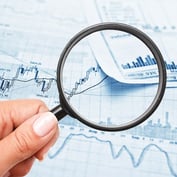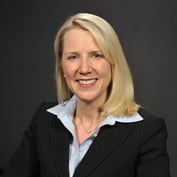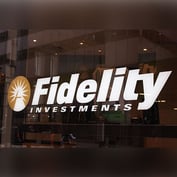Jan. 3, 2005 — On the heels of a strong 2003, equity markets across the globe again posted positive returns in 2004, in most cases outperforming U.S. stock markets.
Given improving fundamentals, low interest rates, high commodity demand, modest inflation, and the weak U.S. dollar, overseas funds were especially buoyant. The average international stock fund returned 19.3%, versus a gain of 10.7% for the S&P 500-stock index.
The year’s top-performing foreign equity portfolio, the Metzler/Payden European Emerging Markets Fund, soared 53.3%, with heavy exposure to such surging economies as Poland and Hungary.
The average global equity fund — those with the flexibility to invest in both international and U.S. stocks — climbed 14.5% for the year. The best performer in this class, Oppenheimer Global Opportunities Fund/Y (OGIYX), surged 30.4%, buoyed by a 27.4% jump in the fourth quarter alone.
Emerging Markets: Latin America and Eastern Europe Soar
In a continuation of 2003, emerging markets led the pack again, particularly the dynamic and evolving economies of Latin America and Eastern Europe. Latin funds were driven by robust performance from oil-rich Mexico and Venezuela, up 45.0% and 45.5%, respectively; Brazil; up 30.5%; and a resurgent Colombia, up 125.7%.
“Latin American markets tend to exaggerate the movements in the U.S.” noted Milton Ezrati, senior market strategist at Lord Abbett. “When U.S. stocks rally, Latin equities surge; when the U.S. declines, Latin issues plummet.”
While Mexico’s strength can be largely attributed to high crude oil prices and a steady export business to the U.S., Brazil’s healthy markets have been supported by a strong internal economy, corporate and pension reforms, China’s tremendous appetite for Brazilian commodities, and evidence that President Luiz Inacio Lula da Silva is committed to market-friendly policies.
Eastern European markets continue to thrive, despite tepid performance in Russia. Soeren Rytoft, fund strategist for the Metzler/Payden European Emerging Markets Fund, said the region has entered a “transitional” phase, given that ten area countries joined the European Union in May; while two others, Romania and Bulgaria, are expected to join by 2007. Turkey remains a longer-term possibility.
“Aside from the ongoing benefits of EU convergence, Eastern European economies feature low labor costs, low corporate taxes, Western-style corporate governance and a high degree of foreign direct investment flowing in, particularly from Western Europe,” Rytoft noted. But after four solid years, he cautions that Eastern European markets may enter into a cyclical slowdown next year. That’s only because “we’ve seen such exorbitant growth over the past few years, and because Western European economies will likely taper off,” he says.
After more than doubling in value in 2003, Russia’s stock market essentially flattened this year, despite robust oil prices. Rytoft lays much of the blame on the bankruptcy and scandals engulfing energy giant Yukos. “There is some anxiety on the part of investors that Yukos’ woes may spill over into other Russian companies,” he said. “However, once we get out from under the Yukos cloud, foreign investors’ confidence should be restored.”
Going forward, Ezrati noted that higher interest rates in the U.S. may hurt the emerging markets by limiting their ability to borrow money, since many developing countries possess dollar-linked currencies, and issue debt denominated in dollars. However, on the whole, Ezrati said he is forecasting “strength in the emerging markets,” especially in the early part of the year, based on high commodity prices, and continued global demand, especially from the U.S. and China.








 January 04, 2005 at 07:00 PM
January 04, 2005 at 07:00 PM










